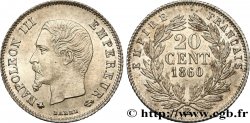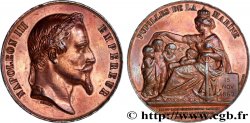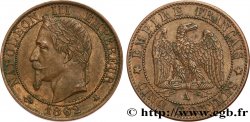E-auction 324-240880 - fme_445264 - SECOND EMPIRE Médaille, Loi du 1er mai 1802
You must signin and be an approved bidder to bid, LOGIN TO BID. Accounts are subject to approval and the approval process takes place within 48 hours. Do not wait until the day a sale closes to register. Clicking on « bid » constitutes acceptance of the terms of use of cgb.fr private e-auctions.
Bids must be placed in whole Euro amounts only. The sale will start closing at the time stated on the item description; any bids received at the site after the closing time will not be executed. Transmission times may vary and bids could be rejected if you wait until the last second. For further information ckeck the E-auctions F.A.Q.
NO BUYER'S FEE.
NO BUYER'S FEE.
| Estimate : | 120 € |
| Price : | 28 € |
| Maximum bid : | 28 € |
| End of the sale : | 01 July 2019 18:19:00 |
| bidders : | 8 bidders |
Type : Médaille, Loi du 1er mai 1802
Date: 1862
Mint name / Town : France
Metal : silver
Diameter : 35 mm
Orientation dies : 12 h.
Engraver DEPAULIS Alexis-Joseph (1790-1867)
Weight : 20 g.
Edge : lisse + abeille ARGENT
Puncheon : abeille ARGENT
Coments on the condition:
Exemplaire nettoyé
Obverse
Obverse legend : NAPOLÉON III EMPEREUR.
Obverse description : Tête nue de Napoléon III à gauche.
Reverse
Reverse legend : LOI DU 1 MAI 1802 / BUREAU / D’ADMINISTRATION / DU LYCEE / ARRETE DU 30 MARS 1862 / S. EX. M. ROULAND / M. DE L’INSTRUCTION / PUBLIQUE/ ET DES CULTES.
Reverse description : Légende en 10 lignes horizontales.
Commentary
Cette médaille commémore la Loi générale sur l'instruction publique du 1er mai 1802 (11 Floréal An X).
Alexis-Joseph Depaulis, né le 30 août 1790 à Paris, où il meurt le 29 septembre 1867, est un sculpteur et médailleur français.
Depaulis est l'élève d'Andrieux et de Cartier. Il rentre à École nationale supérieure des beaux-arts en 1813 et expose au Salon de peinture et de sculpture de 1815 à 1855. Parmi ses médailles, on peut citer : Cadmus combattant le serpent, Mariage chrétien (1824), Vénus de Milo (1827), l'Avènement du roi Louis-Philippe Ier (1830). Il réalise des médailles pour la Galerie métallique des grands hommes français. Il réunit une collection de moulages, de médailles et de sceaux qui sont conservées les unes au musée du Louvre, les autres à l'école des beaux-arts de Paris.
Il est l'auteur du Monument de Pierre Corneille à Rouen (1835), de la Fondation du musée de Versailles (1839) et de la Prise de Saint-Jean-d'Ulloa (1855).
Alexis-Joseph Depaulis, né le 30 août 1790 à Paris, où il meurt le 29 septembre 1867, est un sculpteur et médailleur français.
Depaulis est l'élève d'Andrieux et de Cartier. Il rentre à École nationale supérieure des beaux-arts en 1813 et expose au Salon de peinture et de sculpture de 1815 à 1855. Parmi ses médailles, on peut citer : Cadmus combattant le serpent, Mariage chrétien (1824), Vénus de Milo (1827), l'Avènement du roi Louis-Philippe Ier (1830). Il réalise des médailles pour la Galerie métallique des grands hommes français. Il réunit une collection de moulages, de médailles et de sceaux qui sont conservées les unes au musée du Louvre, les autres à l'école des beaux-arts de Paris.
Il est l'auteur du Monument de Pierre Corneille à Rouen (1835), de la Fondation du musée de Versailles (1839) et de la Prise de Saint-Jean-d'Ulloa (1855).







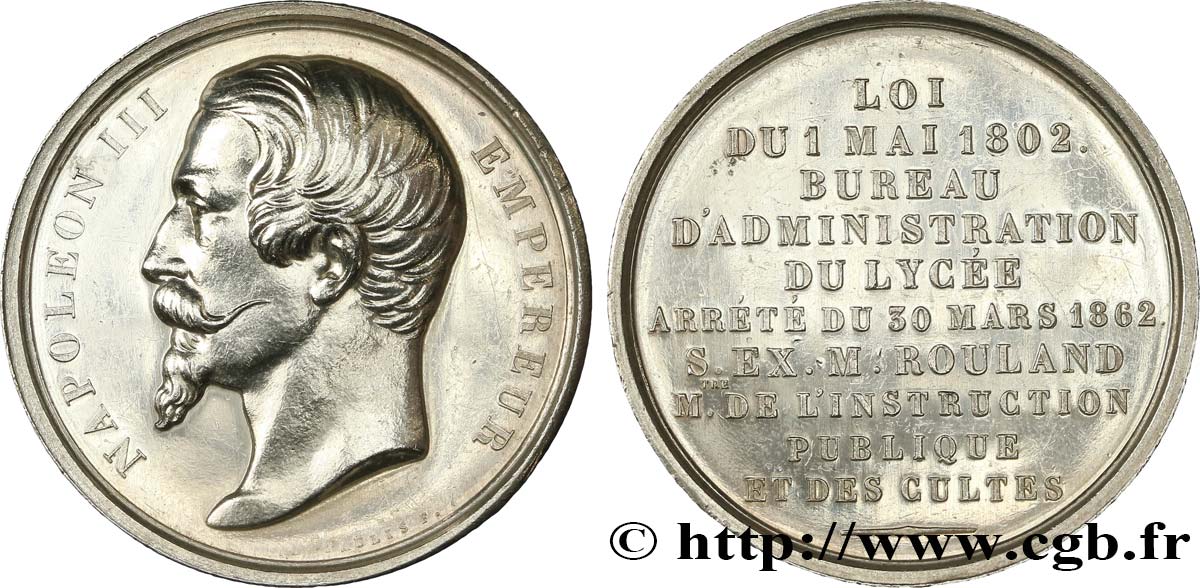
 Report a mistake
Report a mistake Print the page
Print the page Share my selection
Share my selection Ask a question
Ask a question Consign / sell
Consign / sell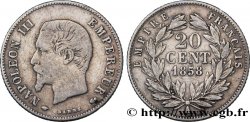
 Full data
Full data